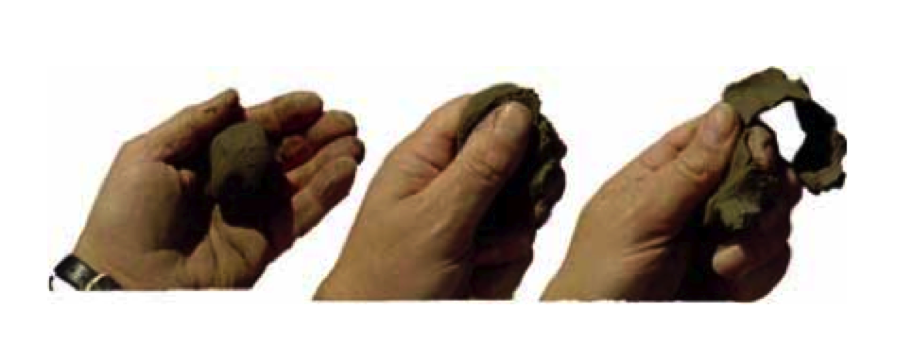The interface between soil and the atmosphere is extremely dynamic as it represents the marriage of the physical and biological worlds contained within an ecosystem. The physical environment of the leaf litter and topsoil combined has a tremendous effect on the type and diversity of organisms able to survive there. Human interactions with the soil layer can vastly change the life present. Buildings, construction, pollution and many others have the power to change the landscape.
There are multiple ways to uncover this hidden world of smaller organisms through sampling of soil. Luckily for our group, the grounds of the University provide a plethora of diverse sites for soil sampling. From the natural settings of the Dell Pond and the trails of Observatory Hill to the heavily traveled areas of the Lawn and Nameless Field, the grounds present different habitats, each with varying degrees of human interaction. Having these numerous locations all in one place lends itself to increasing the amount of biodiversity present here.
When looking at the life in soils, it is important first to characterize the physical environment of the soil because it has such an impact of the type and diversity of species able to live there. Soil can be sandy, made of mostly clay, silty, or a any mix of these together. The make up of the soil can be tested using the ribbon finger test where a small amount of the soil in question is doused with a couple drops of water then rolled between fingers to form a ribbon (Figure 1). The length of the ribbon produced gives information about the type of soil. Another important factor is the depth of the organic matter layer. The O layer and the connection to plants were described in our first soil blog post but it is crucial for the habitat and livelihood of microorganisms living in the soil. Finally, another parameter commonly measured in soil testing is the bulk volume of the sample. This is a measure of the volume of dry soil in a total volume of soil, which provides information on the amount of pore space available for creatures to survive in and how easy it is for the roots of plants to penetrate the soil.
However varied the soil types are around the world, the diversity of organisms living in these habitats are even more diverse. Biota commonly found in soils can range from the microorganism scale such as bacteria and fungi to the macro organism scale represented by earthworms and small insects in the organic layer. The most common sampling method for looking at the biotic facet of the soil is by using Berlese funnels (Figure 2). This set up requires that a small amount of alcohol is set up in a graduated cylinder with a funnel full of a soil sample is placed at the top. A light is then shown directly on the soil sample for usually a day. As the arthropods are sensitive to light, they travel down into the funnel tube and eventually fall into the alcohol. Once there, they can be classified and recorded.
The invisible life in soils is often times disregarded as unimportant and forgotten in the midst of conserving large mammals or keystone species. However, these mighty microbes contribute hugely to the biogeochemical cycling of the earth, recycling organic material for reuse, and convert nitrogen into the available form for plant growth. I think this section of the underground world would benefit greatly from increased research and appreciation.


Post by Emily Blanton, Third-Year, Environmental Science, Minor in Urban and Environmental Planning